When it comes to beer, do you know your Bocks from your Brown Ales, your IPAs from your APAs, your Porters from your Pils, or your Doppelbocks from your Weizenbocks?
If you do, chances are that when you travel beer is never far away.
For real beer nuts who travel to tipple (beercations), nothing gets better than tramping the taverns and taprooms of Prague and Poznan, or the bars and bordellos of Munich and Madrid.
It’s not a competition, but even if the USA can claim ownership of over 8,000 craft breweries, Europe is the Holy Grail for all buds of the suds.
Of course, no matter where you go in Europe, every destination will claim to have the best beer in the world. But, it’s really a matter of taste.
So, without further ado, let’s take a look at 3 of Europe’s top beer destinations — and the stories behind them — and see what’s on the menu.
Glasses at the ready!
Raise a glass to Germany’s ancient brewing laws
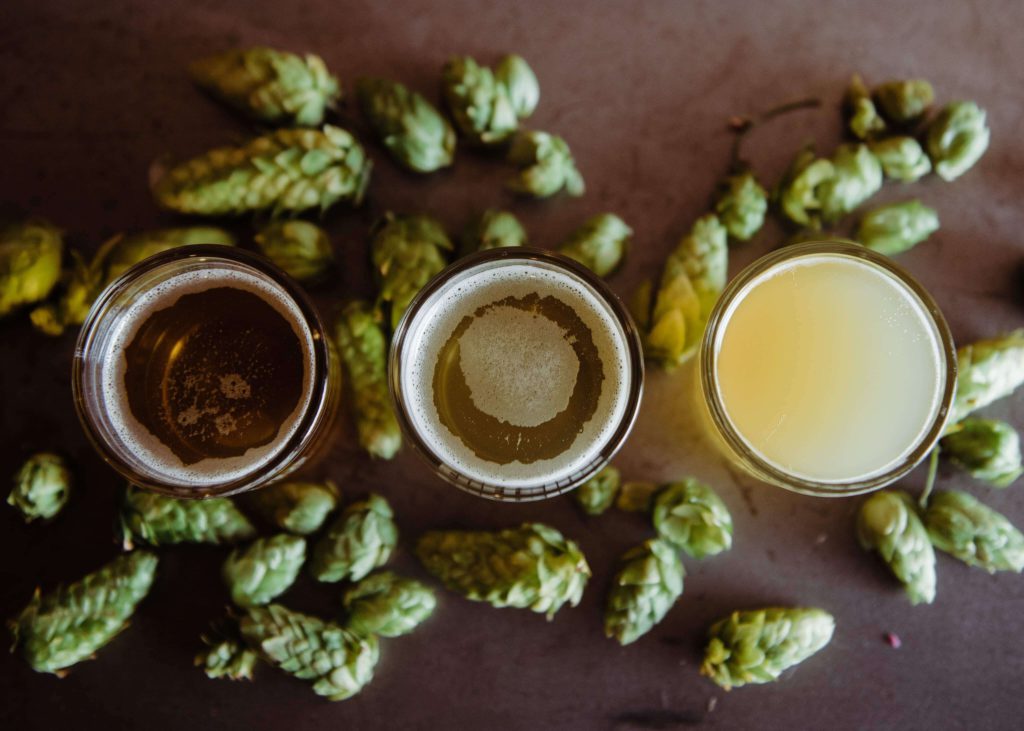
Think of both beer and Germany at the same time and you’ll probably conjure up the same image as most others.
Long wooden tables piled high with frothy beers, men with big handlebar mustaches dressed in lederhosen signing and swaying to oompah bands. Nearby, women in tight-bodiced dirndl dresses manage to carry impossible numbers of full beer tankards without spilling a single drop.
But German beer culture is far more than the stereotypical images we might know from Bavaria’s traditional Oktoberfest.
While the country may not be the birthplace of beer, it has certainly brought beer and beer tourism to a whole new level.
One of the main reason’s behind Germany’s love affair with beer is due to something called Rheineitsgebot, a law governing the purity of beer and its brewing process.
The law, which only allows for the use of water, hops, and barley in the brewing process was enacted in 1516 and introduced a standard for beer quality that quickly spread across Germany and beyond.
However, long before the introduction of the Rheineitsgebot, the Bavarian city of Regensburg had long been following the practice of pure beer production.
In 1454 the city fathers came together and enacted a localized law that finally introduced the idea of quality control to brewing standards.
Before the introduction of Regensburg’s purity law, brewers were free to add herbs, spices, or any other ‘imaginative’ ingredients that took their fancy.
With the introduction of heavy fines for non-compliance, the earlier practices were soon abandoned and Regensburg became synonymous with quality beer.
Free beer for pensioners!
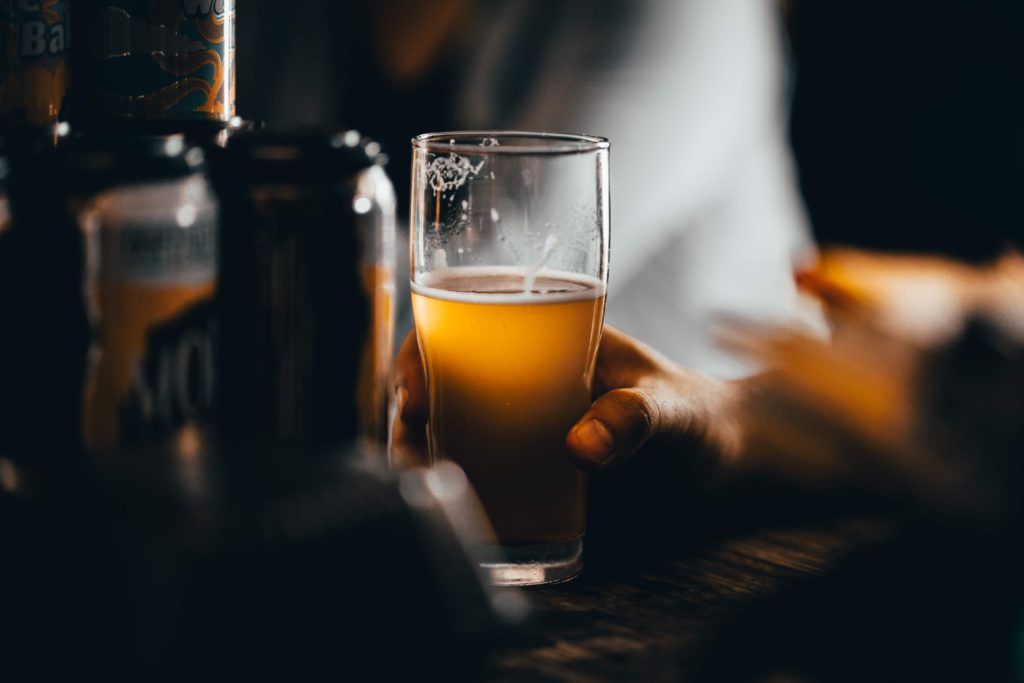
Regensburg is a place of particular pilgrimage for real beer connoisseurs for 2 good reasons.
Firstly, Regensburg’s Spittal Brewery, founded in 1226 derived its name from the order of monk brewers who founded a hospital — the Katharinenspital — on the site.
The hospital looked after the medical needs of the community, while also offering shelter and refuge for the wretches of the day, the poor, the downtrodden, orphans, the handicapped as well as travelers and pilgrims who plied their trade on the River Danube that flows through the city’s heart.
Almost eight hundred years later and the tradition of Regensburg’s ample hospitality is still alive and kicking.
Standing next to the Spital brewery — where the smell of malt floats deliciously on the breeze — is a large and comfortable-looking building where eighty-six Regensburg pensioners call home.
Following on from the long history of the early monk’s hospitality, the pensioner’s accommodation and well-being are served directly by the profits generated from the Spital Brewery.
As if the brewery’s hospitality of providing medical care, food, and accommodation wasn’t enough, another bonus comes in the form of… surprise surprise, beer.
Every week, the resident pensioners each receive an allocation of three and a half liters of the brewery’s sweet produce, free of charge.
Happy retirement guys and gals.
More monks, more beer
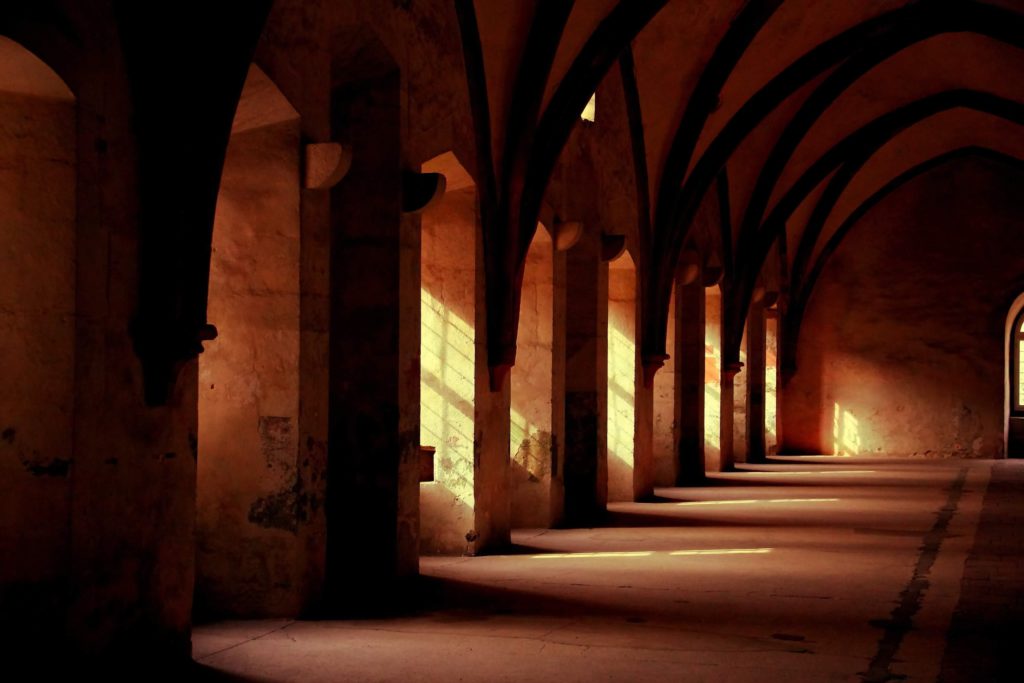
Secondly, not far from the city of Regensburg, the Weltenburg Monastery, reached by a pleasant cruise on the River Danube, is famed as being the second oldest working brewery in the world.
At a point where the mighty Danube is compressed to the narrowest point on its journey to the Black Sea, located between towering cliffs on either side, Weltenburg Abbey comes as a complete surprise.
An impressive fortress-like structure, the abbey was founded in 617 by a group of Irish and Scottish monks traveling under the banner of St. Columbanus. The monks dedicated their pious lives to the worship of their god and later to the production of some of the finest beers known to mankind.
For real beer tourists, it is worth knowing that the Abbey was awarded the World Beer Cup in 2004, 2008, and again in 2012 for its Weltenburger Kloster Barock Dunkel as the best Dunkel beer in the world.
(Top Tip: For visitors to the area, accommodation can be found using DanCenter, a European accommodation aggregator).
Czech out the beers in Prague and beyond
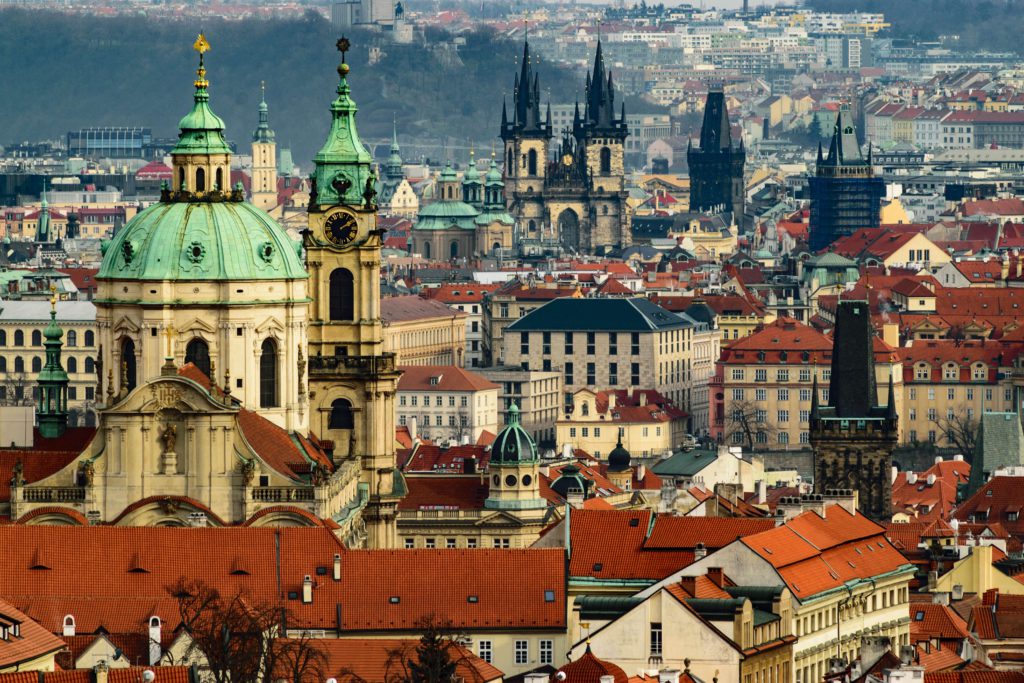
Beer is more than just a beverage for Czechs, it’s an integral part of life, every bit as important as breathing air or eating bread.
Beer and its production is a religion in the Czech Republic. From Prague to Brno and Ostrava to Pilsen, citizens worship daily at the sweetly scented altar of fermentation.
The country’s capital, Prague, is already world-famous for its reputation as a holiday destination for happy (or hoppy) beer lovers.
Beer is everywhere, in hundreds of incredible bars, kiosks, coffee shops, and is even dispensed in cans from automated vending machines — most likely only to be used in the case of a severe beer emergency.
However, it is the city of Pilsen (Plzeň in Czech) in the far west of the country, and close to the German border, that has flown the flag for Czech brewing right around the world — rightly or wrongly.
As a true beer lover, whether you prefer your beers in the craft style, and your breweries compact, no visit to the Czech Republic is complete without a visit to the giant Pilsen Urquell brewery.
(Top Tip: Omio Travel can help with 1,000s of travel options to match your journey)
The Willy Wonka of brewing
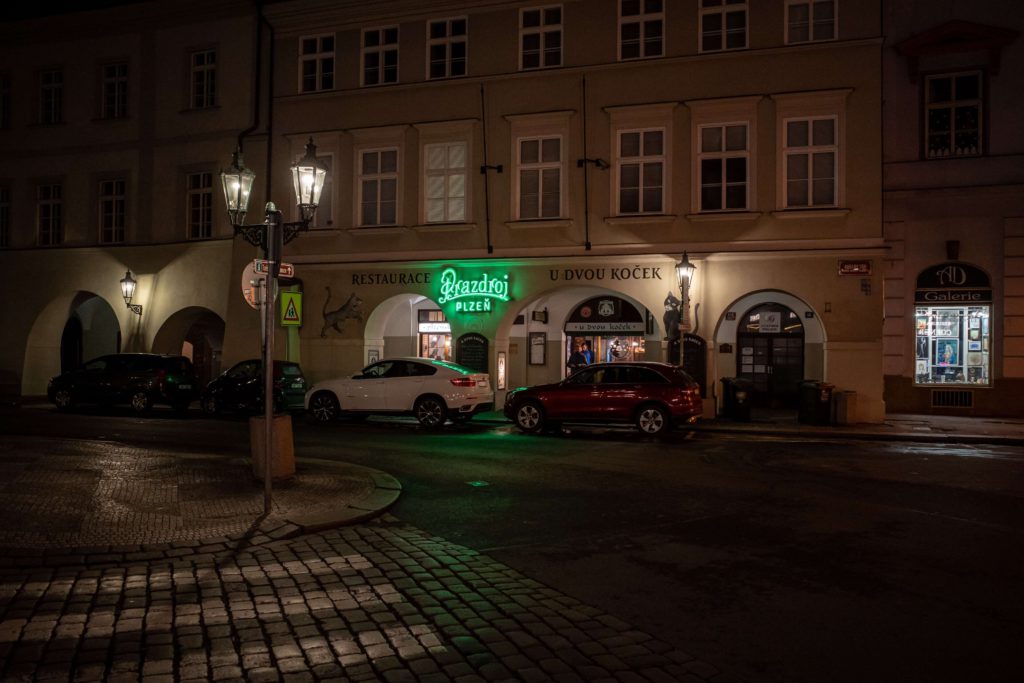
For real beer nuts, stepping through the Brewery’s famous arched gates is reminiscent of Roald Dahl’s golden ticket winner, Charlie Bucket, as he steps into Wonka World.
The brewery is all red brick and tall chimney towers, miniature railways, and mysterious-looking doorways. All of which go to make up the story of the country’s most well-known international beer.
In 1842, a man by the name of James Kroll arrived in Pilsen and changed the face of Czech brewing forever.
The secret to his immortality — at least in brewing circles — is that he combined the best Czech barley he could find, the soft local water, Czech Saaz hops, and a unique strain of Yeast. The result was the world’s first — and finest, at the time — golden larger.
Prior to Kroll’s arrival, the city’s brewing tradition was in disarray. There were over 250 brewers in the city — check out the huge network of underground tunnels where much of the beer was brewed.
With so many individual brewers, the quality produced by ‘top fermenting’ (the hipster thing of the time) was poor and inconsistent.
In true Czech style, where beer is a serious matter, the locals had enough of poor quality beer and demanded a change.
In 1838, this resulted in an angry mob smashing almost 40 barrels of the ‘poor quality’ beer in the streets.
When Pilsen introduced its name to the world
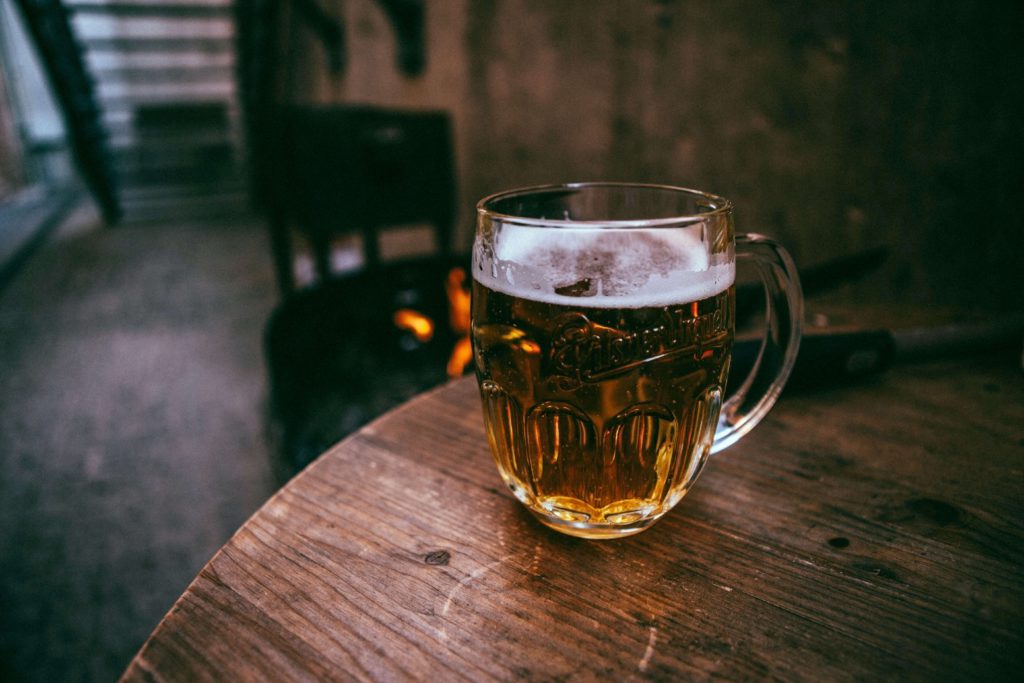
Thankfully, the city’s elders were watching and listening and decided that something needed to be done. That something was the need for a brand new brewery producing only top-quality beers.
The issue was seen as one of such importance, that by 1839 work on the new brewery was already underway under the guidance of the renowned architect Martin Stelzer.
After the completion of the new brewery, the brewing process under the guidance of James Kroll proved an immediate success. Pilsner — the beer from Plzeň — became known all over the world.
Since Kroll’s introduction and adherence to quality beer production, the process has remained the same to this day. Today, even with the introduction of modern brewing techniques, every batch of beer brewed is also brewed in the traditional manner to ensure quality is maintained.
Even if you don’t like beer (bite your lip) the history of Pilsen is still fascinating.
The city was founded in 1295, by ‘Good’ King Wenceslas and has witnessed its fair share of occupation, wars, famine, religious turmoil, and the usual skulduggery associated with Mittel Europe.
My personal Top Tip is to make sure not to miss a tour of the underground labyrinth of tunnels where the city’s inhabitants lived, worked, and drank beer.
Although not all of the 12 miles of tunnels are open to the public, they offer a fascinating insight into how a city’s population adapted to times of turmoil. They also offer a glimpse into the lives, history, and culture of Pilseners throughout the centuries.
Lithuania - a ‘kind of’ secret holiday destination for beer lovers
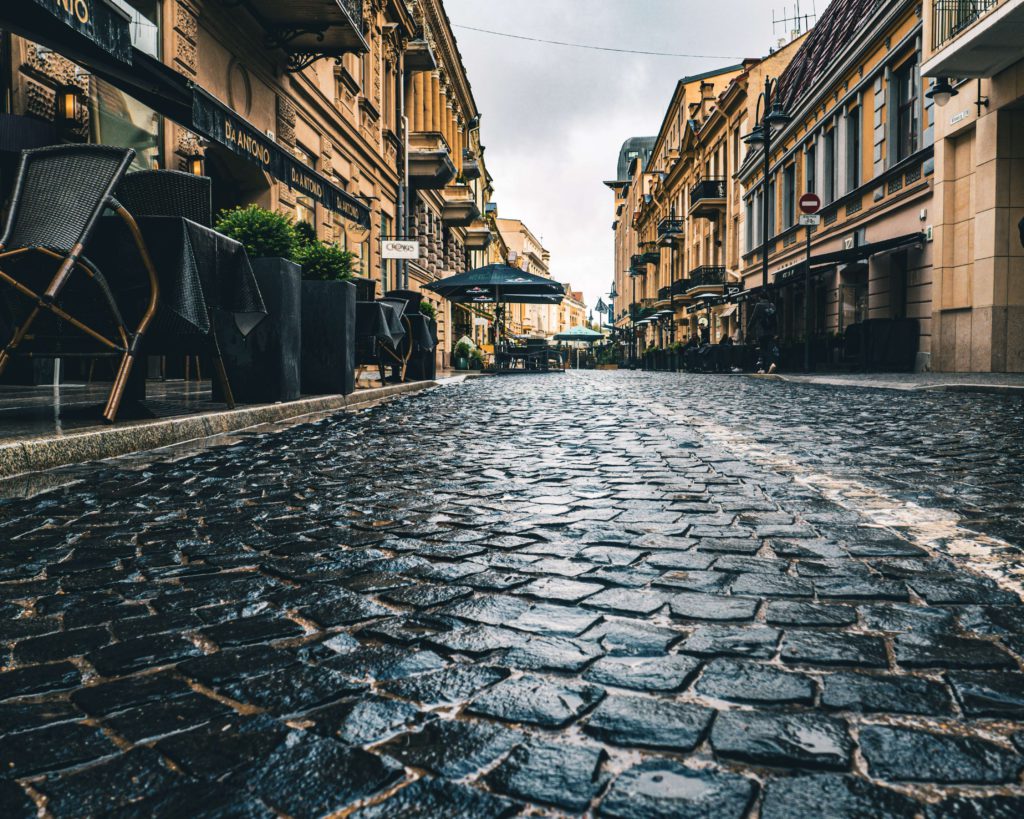
The beautiful Baltic country of Lithuania is rarely visible on any list of top beer holiday destinations.
But here’s why it ought to be.
Beer is a relative newcomer to Lithuania; only making its appearance on stage a mere 600 years ago.
But, before the arrival of beer, Lithuanians were already experts at making mead, brewed using the country’s abundant natural golden resource – honey.
Whether on purpose or accidentally, the locals who collected honey in the country’s forests realized that fermented honey and water made a delicious brew when distilled.
To make the ‘brew’ even more delicious, herbs, fruits, and berries were then added to create a range of drinks loved by the locals.
After the arrival of beer in the 14th century, it became popular for celebrating festivals, holidays, and other social events. Every family had its own particular recipe and its own personal tastes. In another local tradition, beer was usually brewed only by family or community elders.
However, these farmhouse ‘special’ brews remained mainly as local practice.
In the 16th century, to increase the quality of the country’s beer production, the country’s rulers invited experienced brewers from across Europe — mainly Germany.
Lithuanians learned quickly from their teachers and were soon regarded as expert beer makers.
This beer tradition has continued to this day, and with the popularity of modern craft beers, small Lithuanian brewers quickly took their place in the market.
There is no shortage of craft brewers in Lithuania
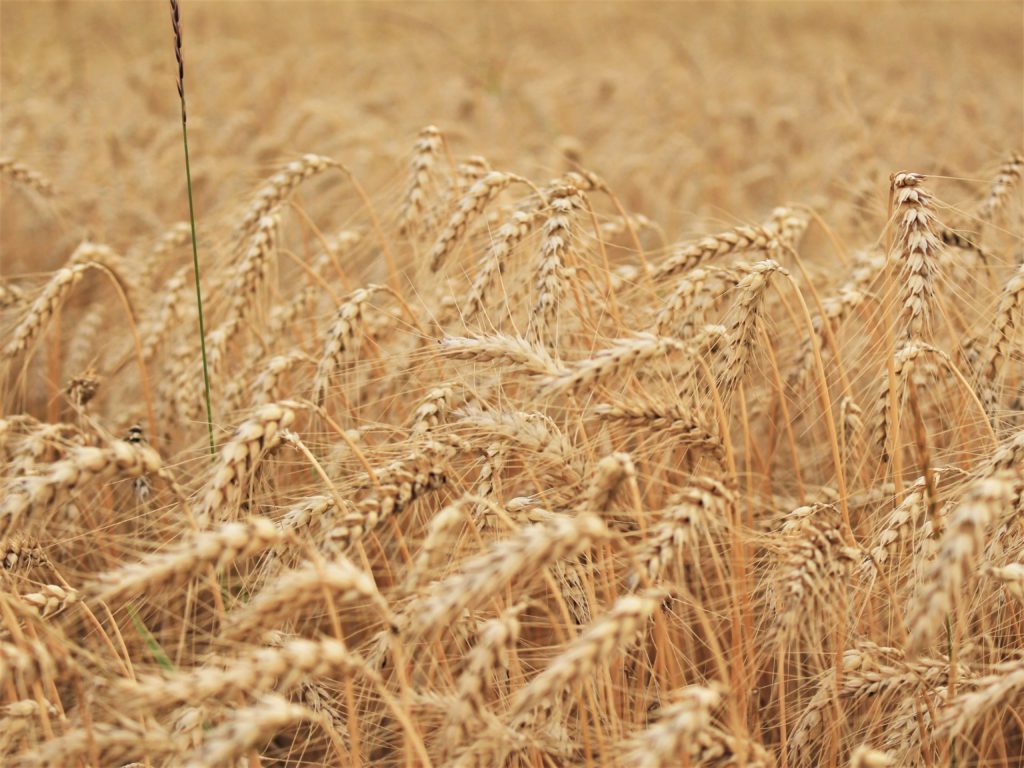
Like every country, some breweries have established a monopoly in the market, and thanks to huge marketing budgets, their products can be found everywhere.
However, with every passing year, more and more micro-breweries are opening their doors and gaining fans from far and wide.
The three ‘big’ breweries, Svyturys, Kalnapilis, and Gubernija, have in recent years found stiff competition from smaller operations like Dundulis, Genys, Daujotu Brewery, Rinkuskai Brewery, among hundreds of others. Although not one of the biggest breweries in the country, Dundulis is a prime example of the thinking behind modern brewing in Lithuania.
Dundulis’ values are based on the principle of ‘making sustainable valuable beer whose body is intertwined with nature and local culture.’
Established around 2012 (they’re not even sure themselves) a group of enthusiastic home brewers came together to collaborate with two established breweries. The results were phenomenal.
Brewing with natural resources
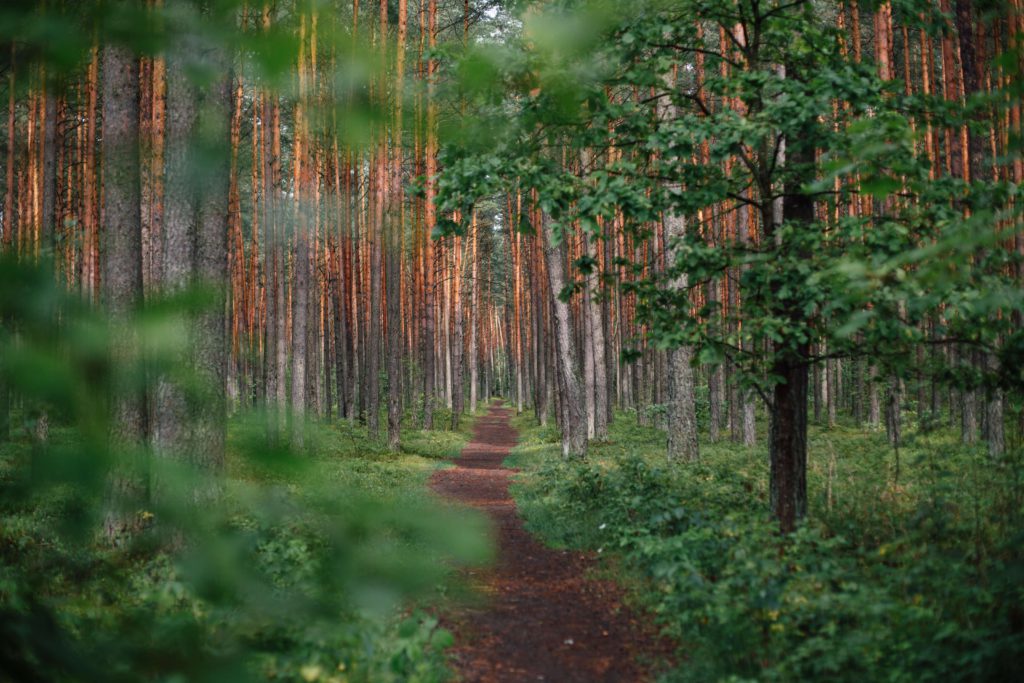
Again, according to the Dundulis brewery, their concept is simple; ‘While crafting beer, we tune into our environment. We listen to the whisper of our ancient trees, we feel the wind in our hair in our Lithuanian fields, we caress the landscape with our eyes.’
Over the centuries, the major constant of Lithuanian brewing is the connection with tradition. Because of this connection, it would seem that Lithuanian beers evolved independently from other parts of Europe.
Brewers continuously search for unique, historical brewing subtleties and traditions. They search for primeval yeast varieties, hops, and specialized malt grains. And, they search through their history and roots, always looking to find hints from the beer makers of old.
Although many of the smaller Lithuanian breweries — like elsewhere — have adapted to the trend of IPAs and APAs, it’s the local and natural beers that carry on the tradition of brewing in Lithuania.
If you want to explore the breweries of Lithuania, you’ll need a car (Top Tip: Discover Cars aggregate car searches across Europe to provide the best results). You’ll be sure to find hidden gems (I can’t think of what else to call them) wherever you go. Just ask.
As a bonus, while trawling the country for Lithuania’s hidden breweries, you’ll also discover one of Europe’s most wonderful and unspoiled holiday destinations.
As they say in Lithuania, ‘Į sveikatą!’




